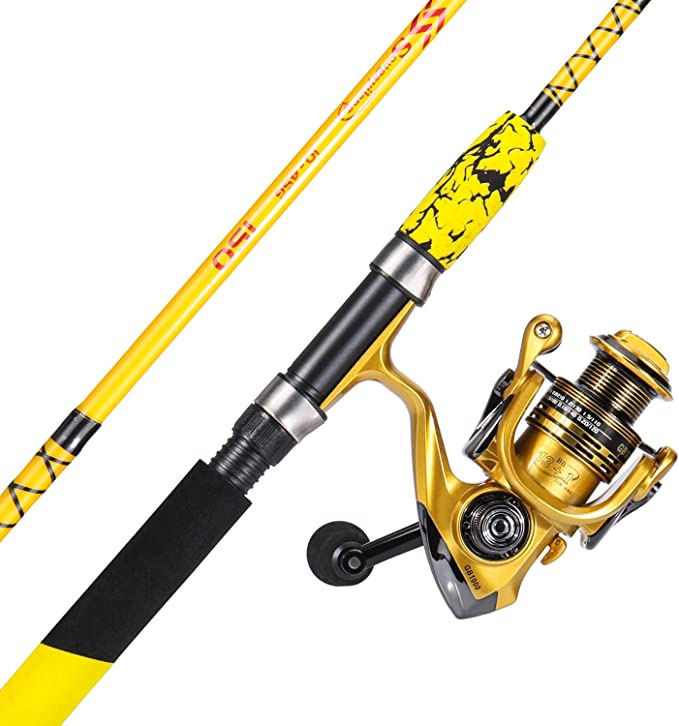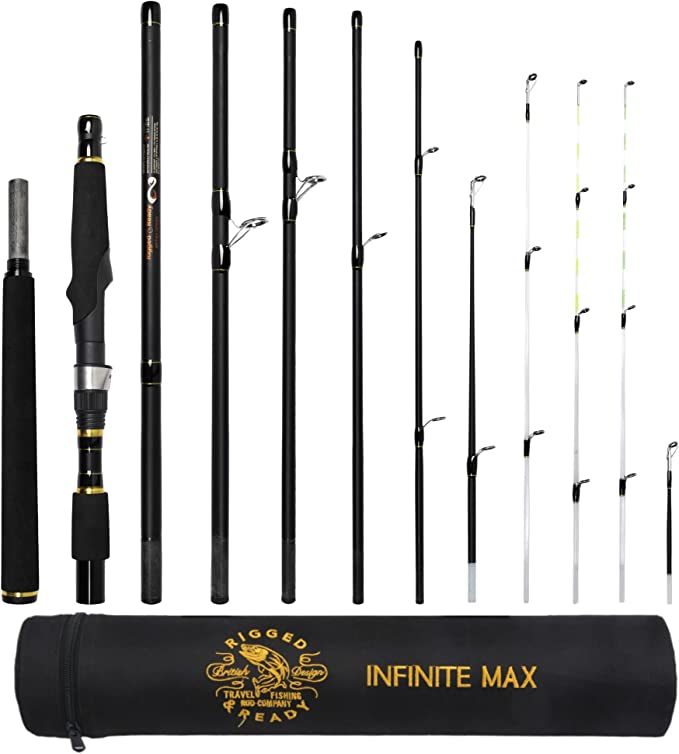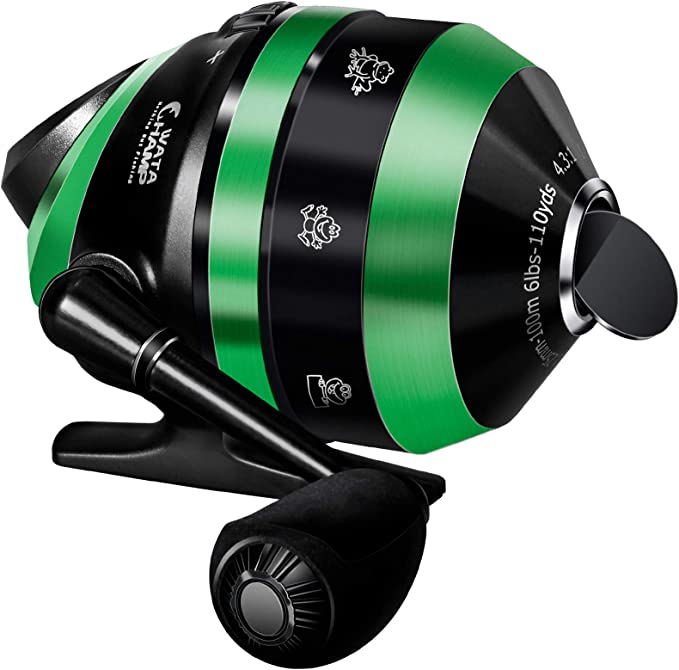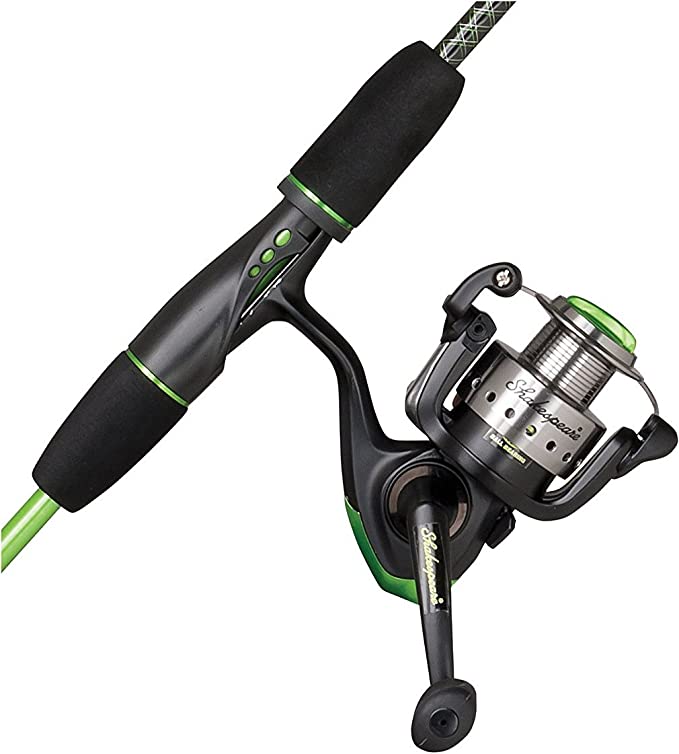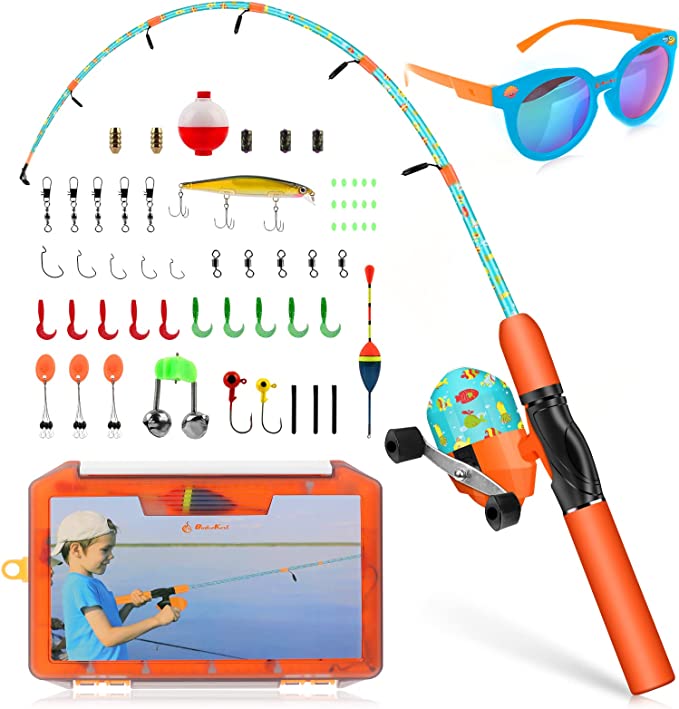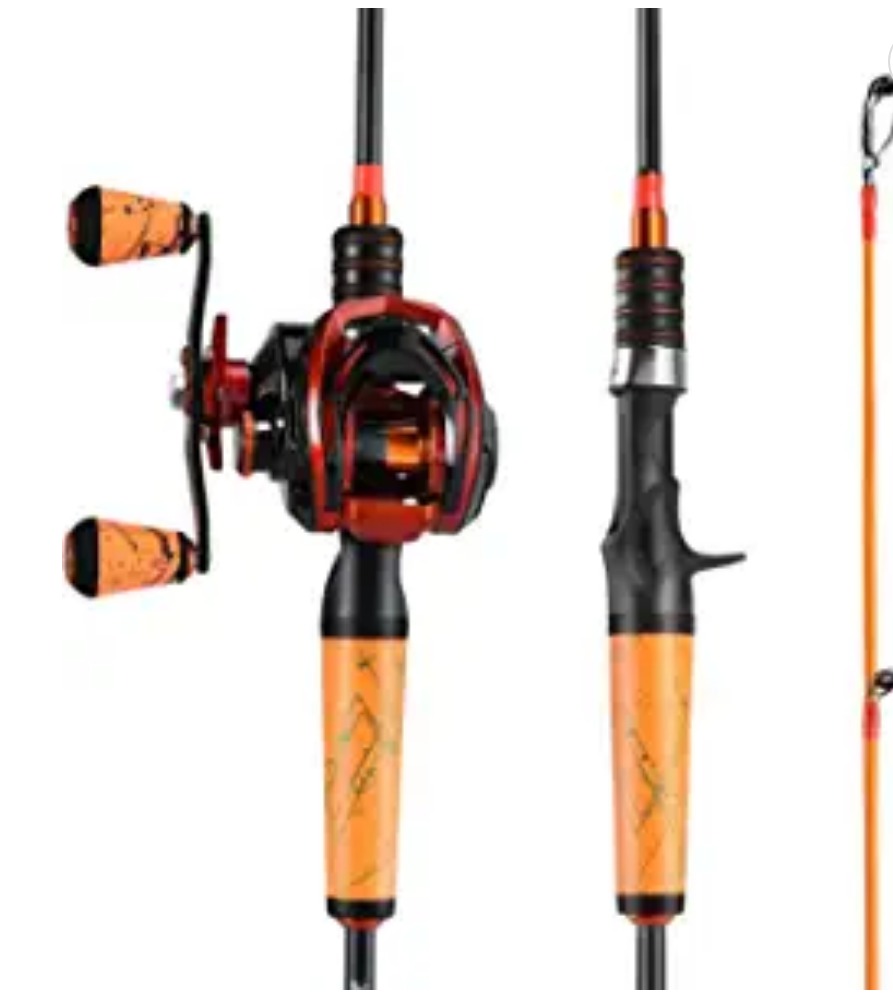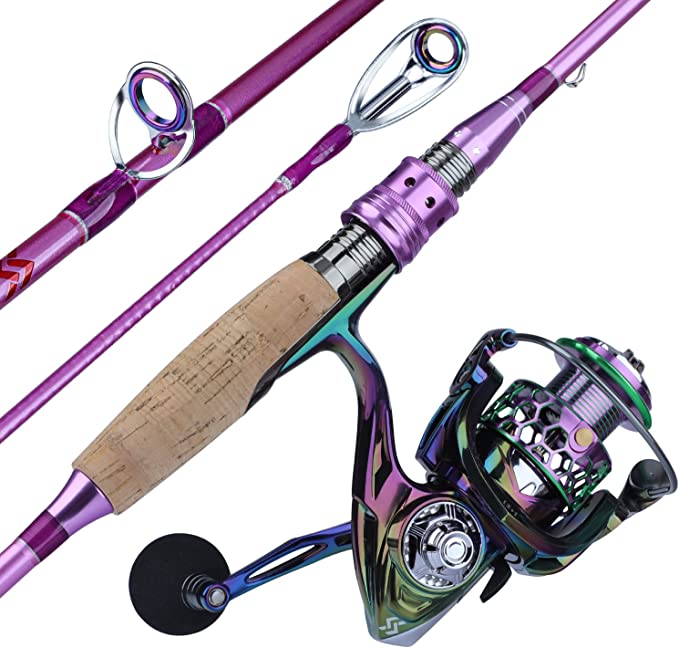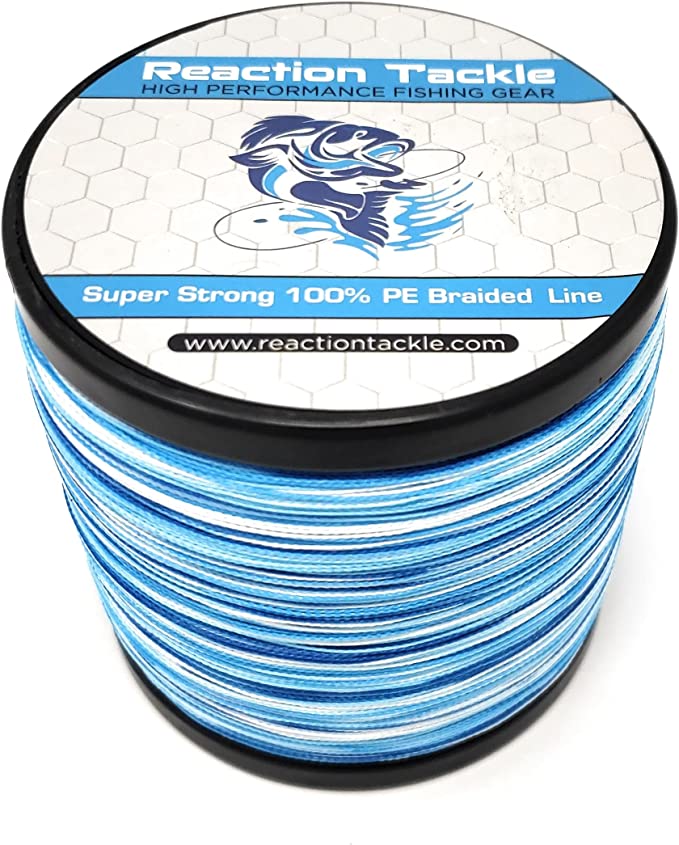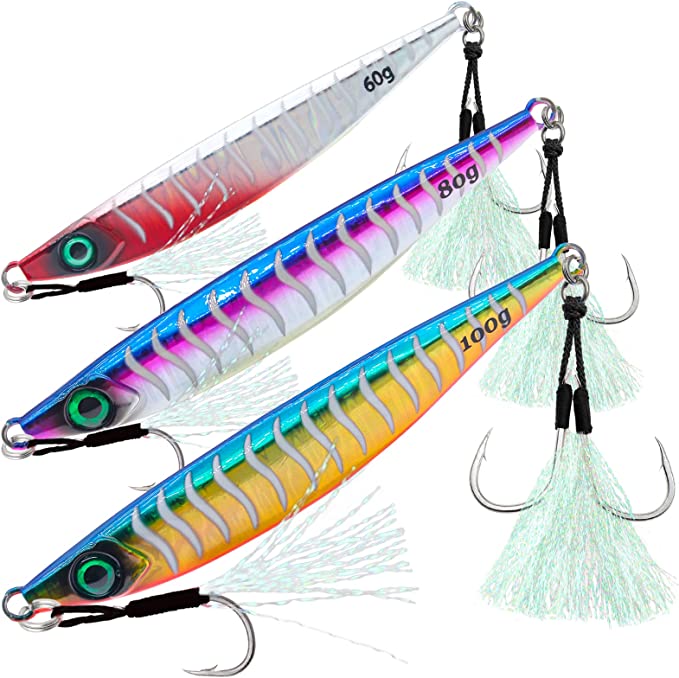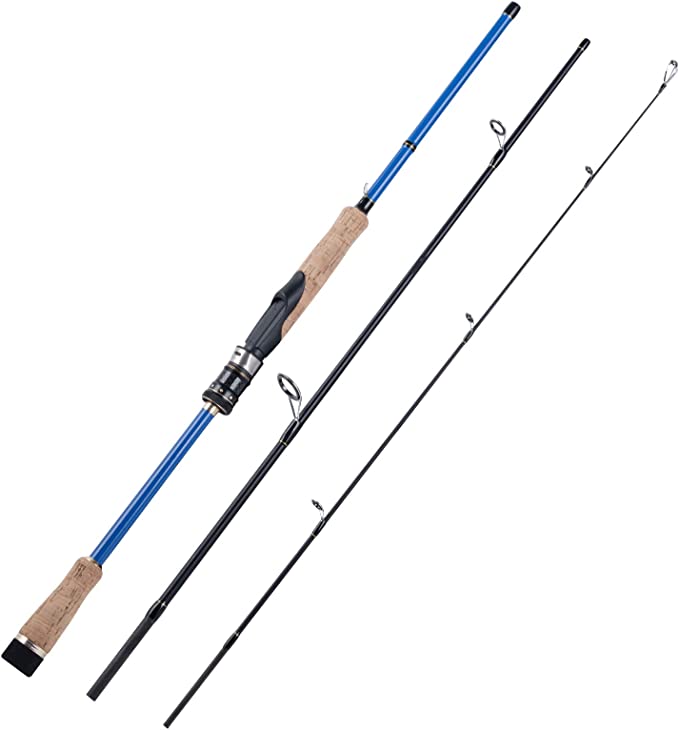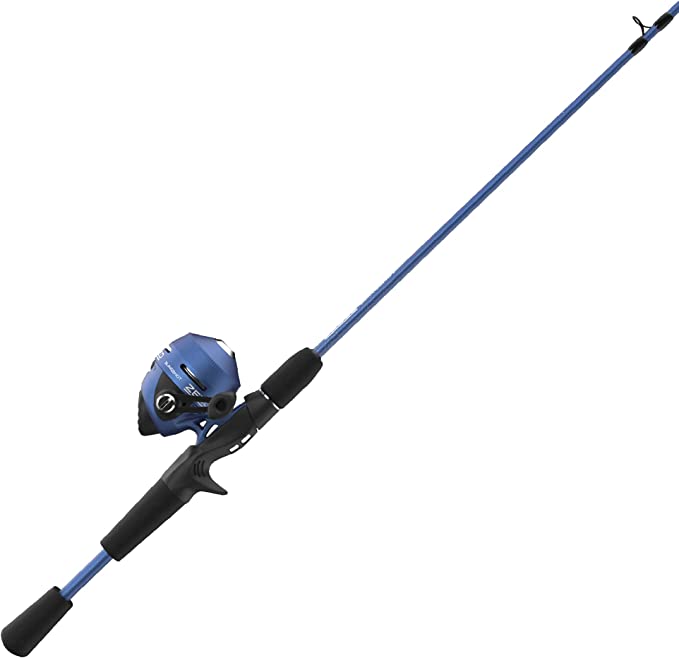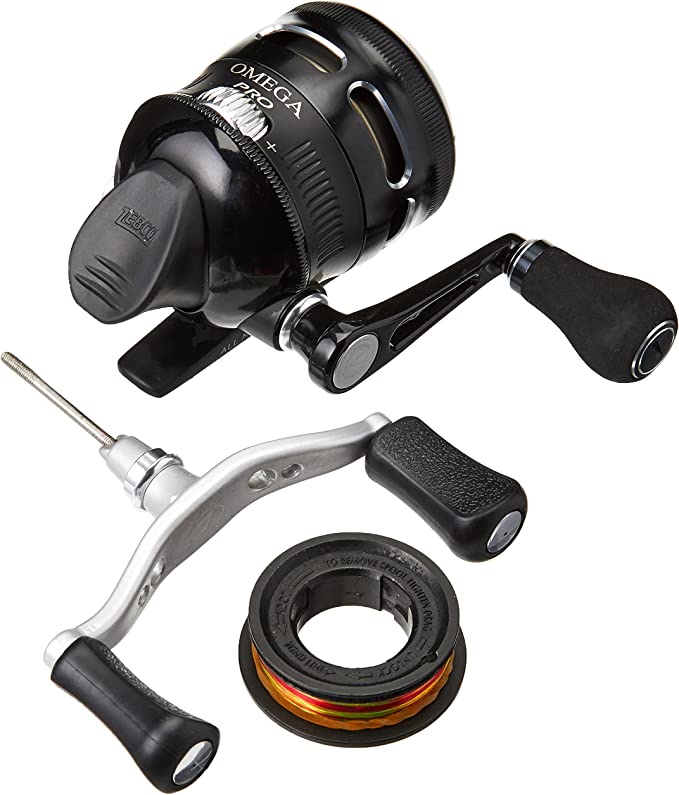The Unseen Signal: Deconstructing the Science of a Modern Ice Fishing Rod
Update on Aug. 1, 2025, 8:01 a.m.
There is a unique silence to ice fishing. It’s a world distilled to its essentials: the stark white of the snow-covered lake, the biting cold on your cheeks, and the small, dark hole that offers the only window into the muted world below. In this profound quiet, you wait. You wait for a signal—not a shout, but a whisper. A subtle dip, a faint tap, a slight change in tension that betrays the presence of life moving in the frigid depths.
How do you build a tool capable of capturing such a delicate message? How do you transform a simple stick into an instrument so sensitive it can feel a whisper through feet of water and ice? The answer lies not in magic, but in a deliberate and beautiful application of science. By deconstructing a modern ice fishing rod like the Goture YMX2-FXQ-A10659, we can uncover a fascinating story of materials science, physics, and human physiology, all working in concert to bridge the gap between our world and the one below.
A Tale of Two Spines: The Science of Sensitivity and Strength
The most striking feature of this particular rod is its twin-tip design, offering the angler a choice between a graphite and a fiberglass tip section. This is far more than a simple spare part; it’s a strategic choice between two fundamentally different physical philosophies. It is the choice between a nervous system and a backbone.
The graphite tip, designated as Medium Light, is the rod’s nervous system. Graphite, or more accurately, high-modulus carbon fiber, is a material defined by its incredible stiffness relative to its weight. Its tightly-packed, long-chain carbon molecules are exceptionally efficient at transmitting vibrational energy. Think of it like striking a tuning fork versus a rubber mallet. The graphite, like the tuning fork, vibrates with high fidelity and very little energy loss, or damping. When a perch or crappie mouths the bait with a faint, almost imperceptible touch, the resulting high-frequency vibration travels up the graphite blank almost instantaneously, reaching your hand as a sharp, distinct “tap.” This is the science of sensitivity: minimizing energy loss to ensure the signal arrives intact.
In contrast, the fiberglass tip is the rod’s backbone. Designated as Medium, it embodies the principle of toughness. Fiberglass is an isotropic material, meaning its strength is uniform in all directions, and it possesses a much higher fracture toughness than graphite. It can bend further and absorb more sudden energy before failing. When a more aggressive walleye or bass strikes, the fiberglass blank flexes and loads up, cushioning the shock and providing the raw power—the “backbone”—needed to set the hook and control the fight. It trades some of the high-fidelity sensitivity of graphite for rugged durability, a crucial quality when wrestling a strong fish in sub-zero temperatures where materials can become brittle.
This dual-tip system elevates fishing from guesswork to applied science. The angler is empowered to choose the right physical properties for the task, matching the rod’s mechanics to the biological behavior of their quarry.
The Unbroken Chain: Physics of a Flawless Signal
Detecting the bite is only half the battle; the signal must then complete its journey to the angler. A modern rod is engineered as an unbroken chain of transmission, where every component is designed to be a silent, efficient conduit.
The journey begins at the guides. The use of ceramic inserts inside the stainless steel frames is a critical piece of this puzzle. Ceramics like zirconia or alumina are exceptionally hard and possess an incredibly low coefficient of friction. As the line, carrying the precious vibrational signal, passes over them, it does so with minimal resistance. Friction is the enemy of sensitivity; it is a force that converts the kinetic energy of a vibration into useless heat, effectively muffling the signal. The smooth, hard ceramic acts as a series of silent relays, passing the message along without distortion or loss.
The signal then travels down the blank to the handle, where the final, crucial interface with the angler occurs. The choice of cork for the handle is a masterstroke of thermodynamic and ergonomic design. Cork’s unique, honeycomb-like cellular structure, composed largely of air and a waxy substance called suberin, makes it a superb thermal insulator. It has a very low thermal conductivity, meaning it slows the rate at which your body heat escapes from your hand into the cold air. This isn’t just about comfort. A warm hand is a sensitive hand. By keeping your fingers from going numb, the cork handle ensures your own biological sensors are at peak performance, ready to receive the final message. The firm nature of cork also transmits vibrations more effectively than softer foam grips, completing the last link in this unbroken chain of sensation.
Seeing the Unseen: The Biology of the Bite
Sometimes, the bite is too subtle to feel, especially when using techniques that create slack in the line. In these moments, we must rely on our eyes. Here too, science provides a distinct advantage. The rod’s bright green tip is not an arbitrary color choice; it is specifically selected to exploit the biology of human vision.
Our eyes contain two types of photoreceptor cells: rods and cones. In bright light (photopic vision), our cones are active, and they are most sensitive to light with a wavelength of about 555 nanometers—which corresponds almost exactly to a bright, yellowish-green. In the low-light, low-contrast environment of an ice shanty or a gray, overcast day, this specific color provides the maximum possible stimulus to the eye, appearing brighter and more vivid than any other hue. It creates a stark visual contrast against the snow, ice, or dark water in the hole, allowing your brain to instantly register the slightest downward twitch or upward pop of the rod tip.
Conclusion: The Artful Science of Connection
A modern ice fishing rod, when viewed through the lens of science, is revealed to be far more than the sum of its parts. It is a sophisticated, integrated system. It is a materials science puzzle, solving the paradox of needing both sensitivity and strength. It is a lesson in physics, demonstrating how to guide a fragile vibration on a flawless journey. And it is an exercise in human biology, designed to interface perfectly with our senses of touch and sight.
By understanding the “why” behind the design—why graphite transmits, why ceramic is smooth, why cork insulates, and why green is visible—we transform our relationship with our gear. It ceases to be a mere commodity and becomes an instrument we can wield with greater skill and appreciation. In the profound silence of the frozen lake, as you hold this piece of engineered science, you realize it is the perfect bridge, connecting your focused intent with the hidden, silent world below. And when that unseen signal finally arrives, you are ready.

